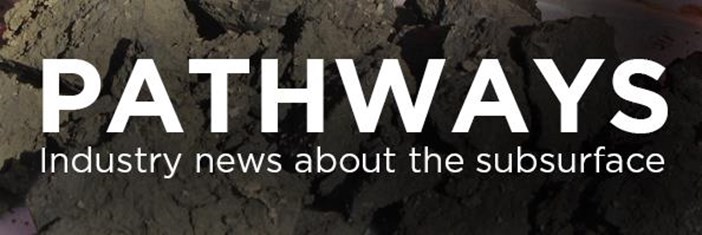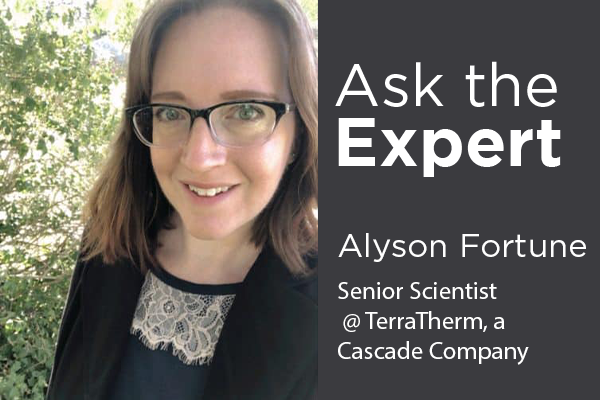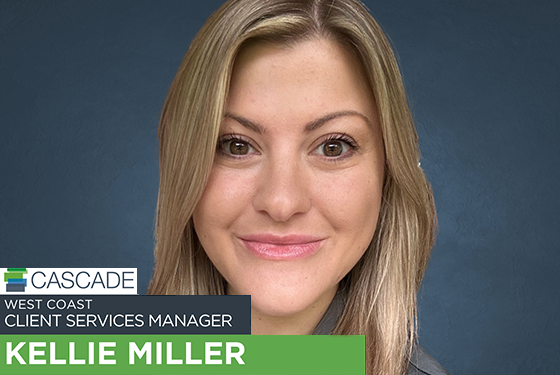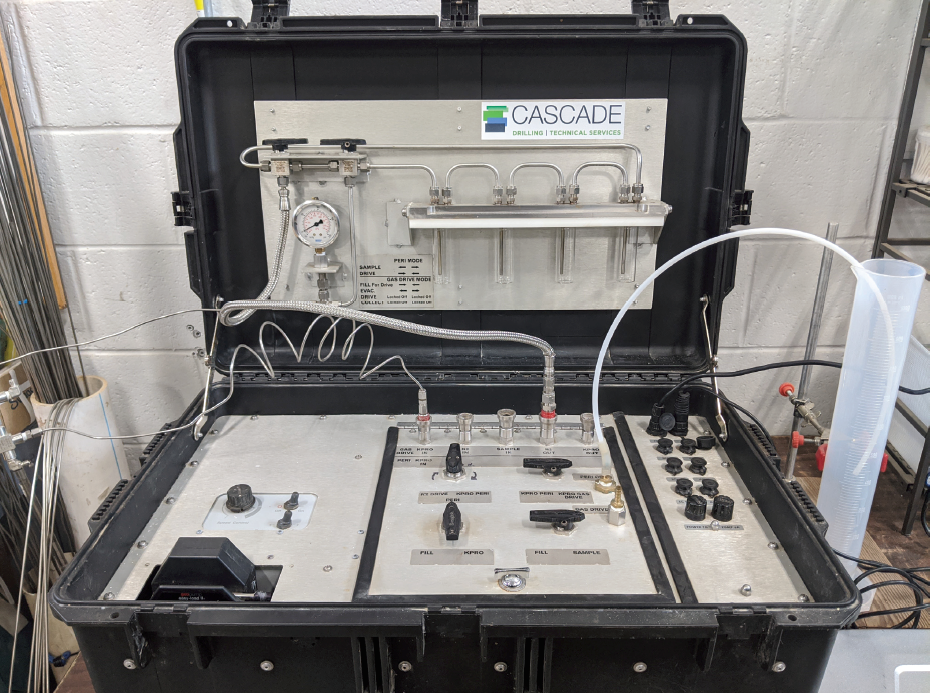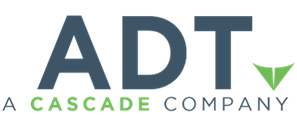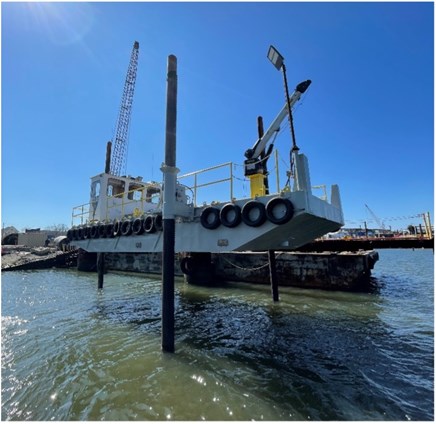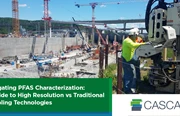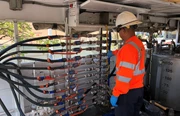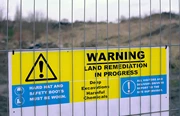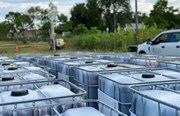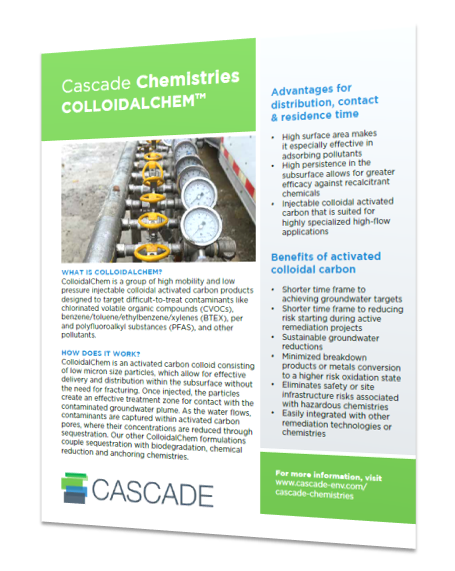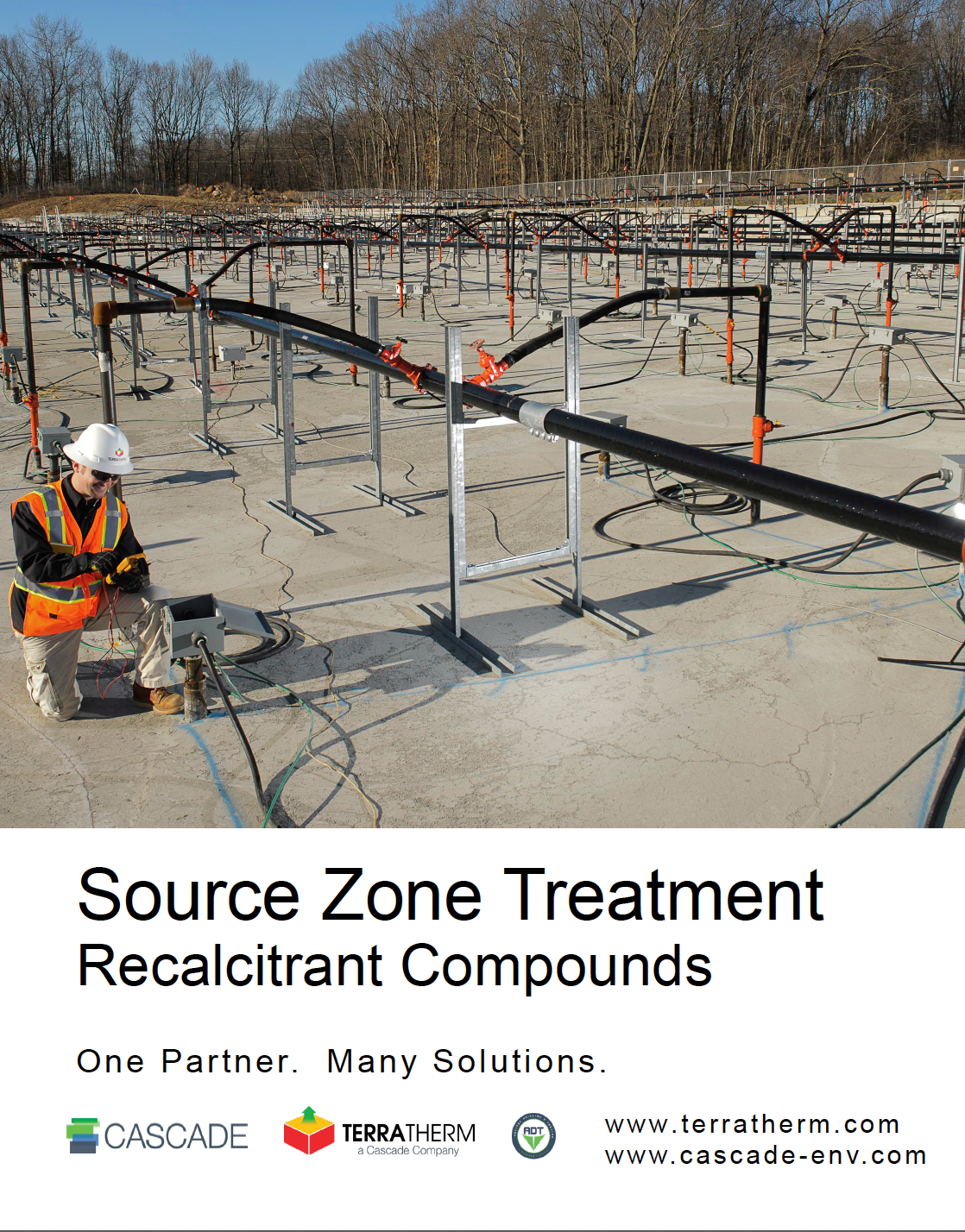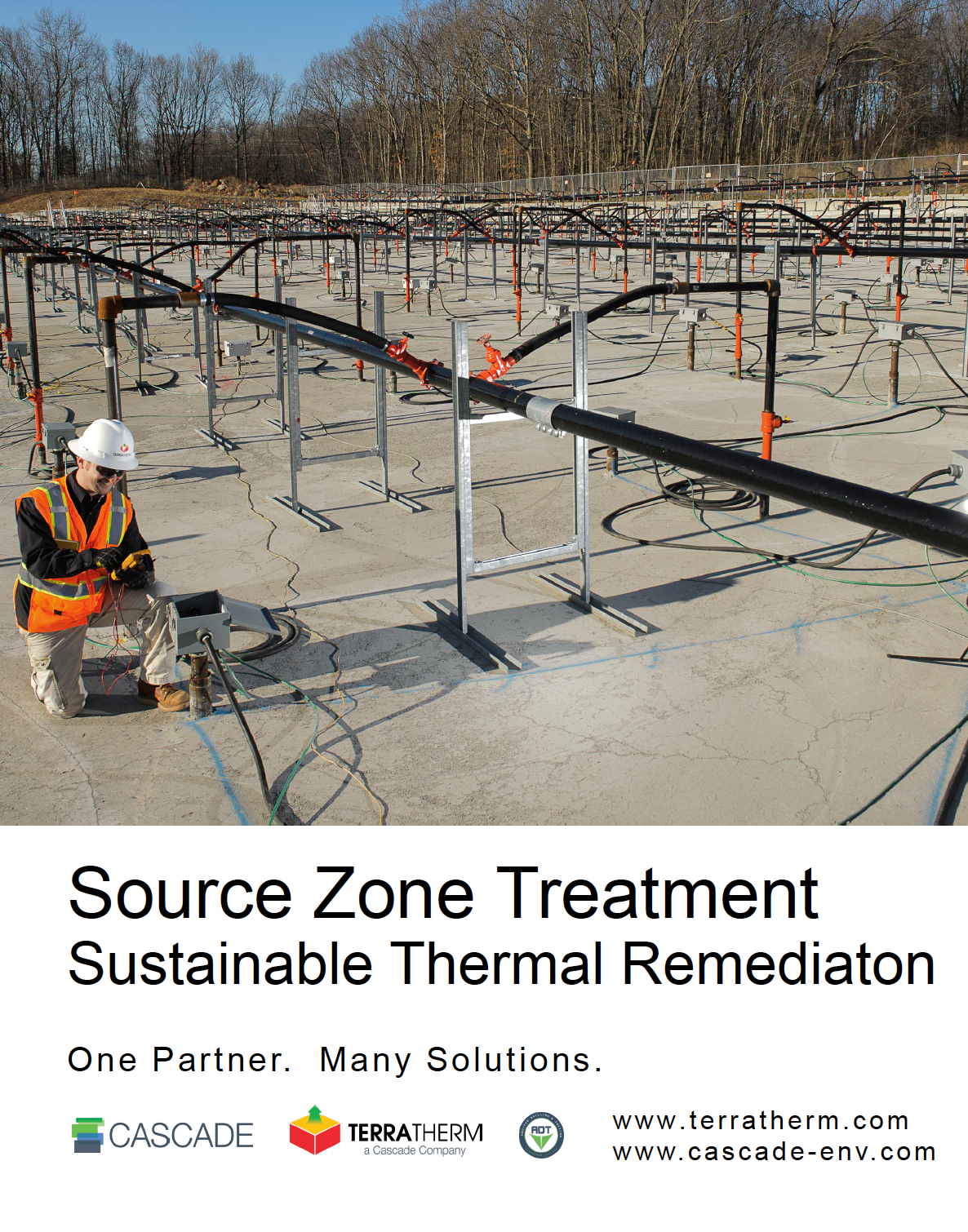Ask the Expert
How do you manage PFAS vapor emissions during thermal treatment?
Evaluating PFAS vapor emissions has been an emerging topic of interest in the environmental community and TerraTherm’s recent research has investigated this question. In a bench scale study thermally treating PFAS spiked sand at 350C for 7 days, TerraTherm proved the effectiveness of a vapor treatment catalytic media combined with 0.1N sodium hydroxide to further neutralize the vapor stream. Vapor samples collected after these two vapor treatment steps on the bench scale resulted in non-detect concentrations of target PFAS compounds. Furthermore, using a combustion ion chromatography (CIC) technique to close the fluorine mass balance and track the fate of fluorinated compounds in our experiment, we discovered that approximately 42% of the fluorine mass (not in the form of target PFAS) remained in the soil while 46% was captured in the vapor catalytic treatment media. The 0.1N sodium hydroxide treatment step captured an additional 12% of fluorine mass, leaving less than 0.01% of mass in the vapor emissions. TerraTherm is optimistic that these bench scale results can be replicated on a larger field scale, and research proposals and partnerships are underway to further characterize vapor emissions from thermal remediation systems.
Do you have a question for our team? Ask it here and we’ll answer in an upcoming issue.
Ask us >>
